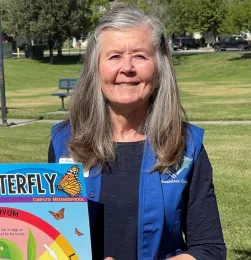
Plants
If you have the space, plant an oak tree! While it will take several years for the tree to mature, few plants provide more benefits to nature than an oak tree. One Valley oak tree can provide food, water, and shelter to approximately 350 vertebrate species and over 250 species of insects and arachnids.
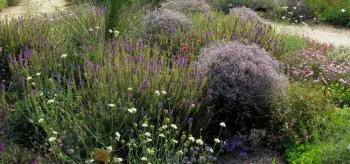
Choose plants that bloom at different times of the year, to ensure something is always blooming during the different seasons thus providing nectar sources year-round. Include some plants which produce berries to provide food sources attractive to birds and insects.
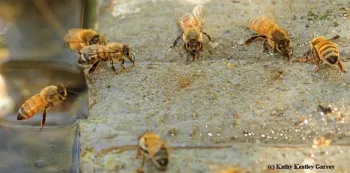
Lawns lack variety, thus reducing your lawn space and replacing it with native plants will increase the diversity in your garden. Decreasing the frequency of mowing permits grasses to grow taller, allowing flowers to grow and bloom which would attract bees and butterflies. You can also sprinkle some daisy and clover seeds into your lawn to provide forage plants and flowers for many beneficial insects.
Water
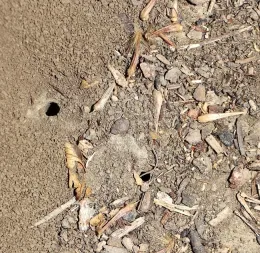
Ponds with aquatic-loving plants can encourage amphibians such as salamanders or toads, or wetland insects such as dragonflies, to visit and set up their homes.
Butterflies engage in behavior called “puddling,” where they stop in muddy puddles for water and nutrients. You can recreate this by filling a terra cotta saucer with soil and pebbles, sink it into the ground and keep it moist. Again, change the water regularly.
Plants and rocks around the water source(s) provide shelter, camouflage, and spots for creatures like butterflies, lizards, or turtles who like to sun themselves near water.
Housing for Bees
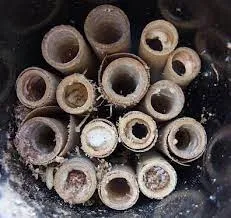
Leave the Leaves
Leaving leaves as they drop from your trees and bushes provides food and shelter for a variety of living creatures including worms, beetles, millipedes, larvae of some butterflies and moths, toads, frogs and more. These in turn attract birds, mammals, and amphibians that rely on the smaller organisms as a food source.
Chemicals
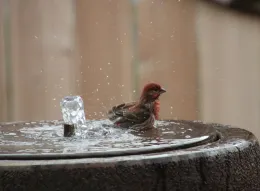
One Step at a Time
Changing your garden into a wildlife haven will likely be a step-by-step process over a period of time. Building a garden attractive to wildlife will bring you the enjoyment of watching them and the knowledge you are helping wildlife thrive.
Resources listed provide information for ways to you to build a garden attractive to wildlife.
- Butterflies in Your Garden: https://ucanr.edu/sites/CEStanislausCo/files/345791.pdf
- Sustainable Landscaping: https://ucanr.edu/sites/stancountymg/Sustainable_Landscaping/
- Trees in Your Garden: https://ucanr.edu/sites/CEStanislausCo/files/341553.pdf
- Pollinator-Friendly Native Plants Lists: https://xerces.org/pollinator-conservation/pollinator-friendly-plant-lists
- UC IPM Statewide Integrated Pest Management Program: http://ipm.ucanr.edu/
- The Bee Gardener: The Cavities You Want to Have: https://ucanr.edu/blogs/blogcore/postdetail.cfm?postnum=12785
- How to Make and Use Bee Houses for Cavity Nesting Bees: https://beegarden.ucdavis.edu/wp-content/uploads/2018/04/How-to-build-and-use-bee-blocks.pdf
Denise Godbout-Avant has been a Stanislaus County Master Gardener since 2020.

